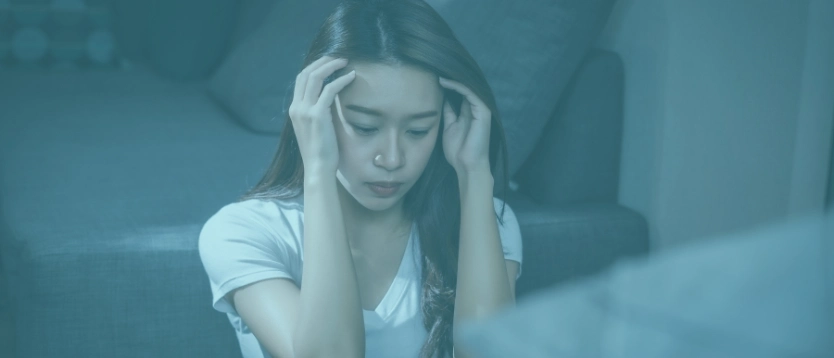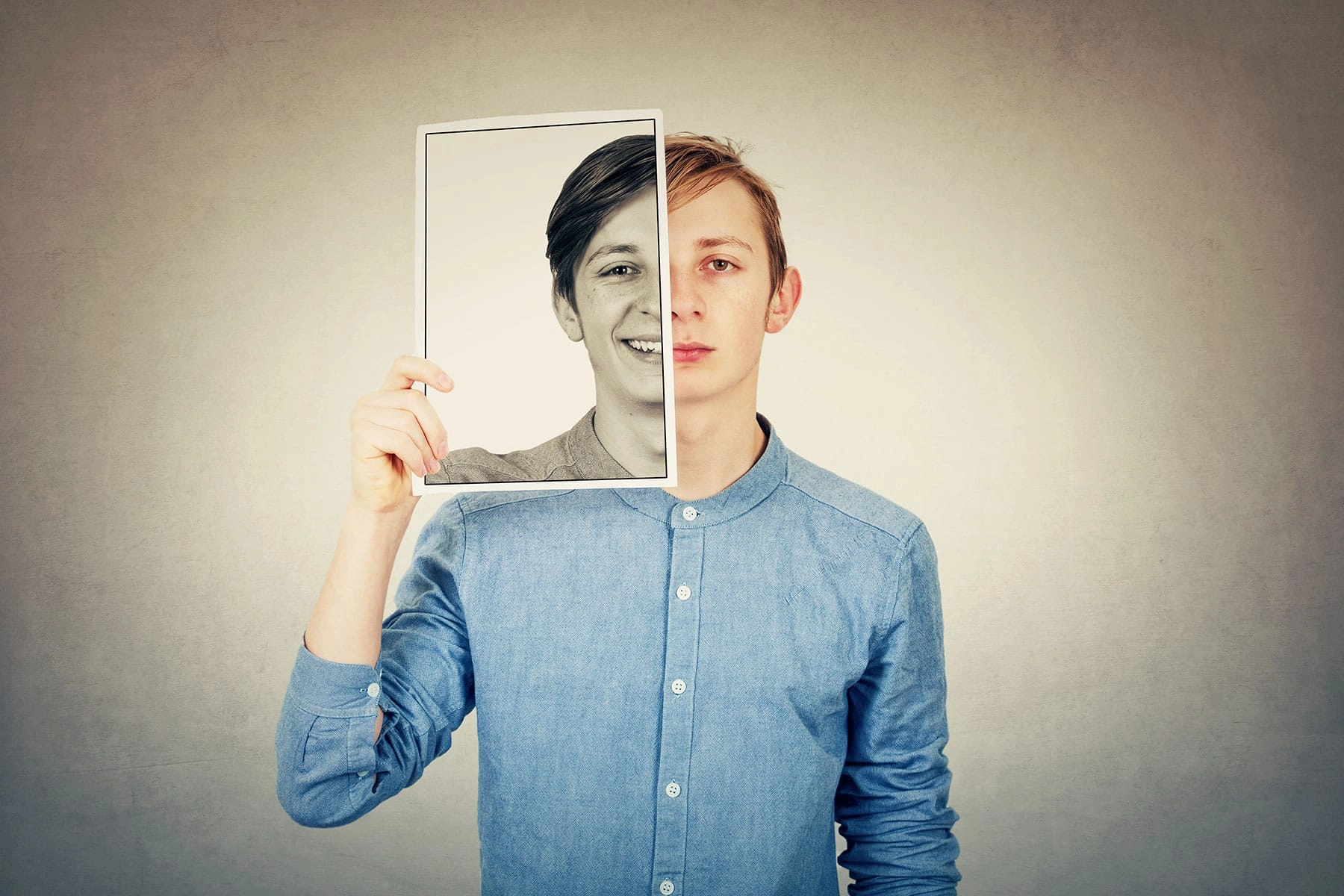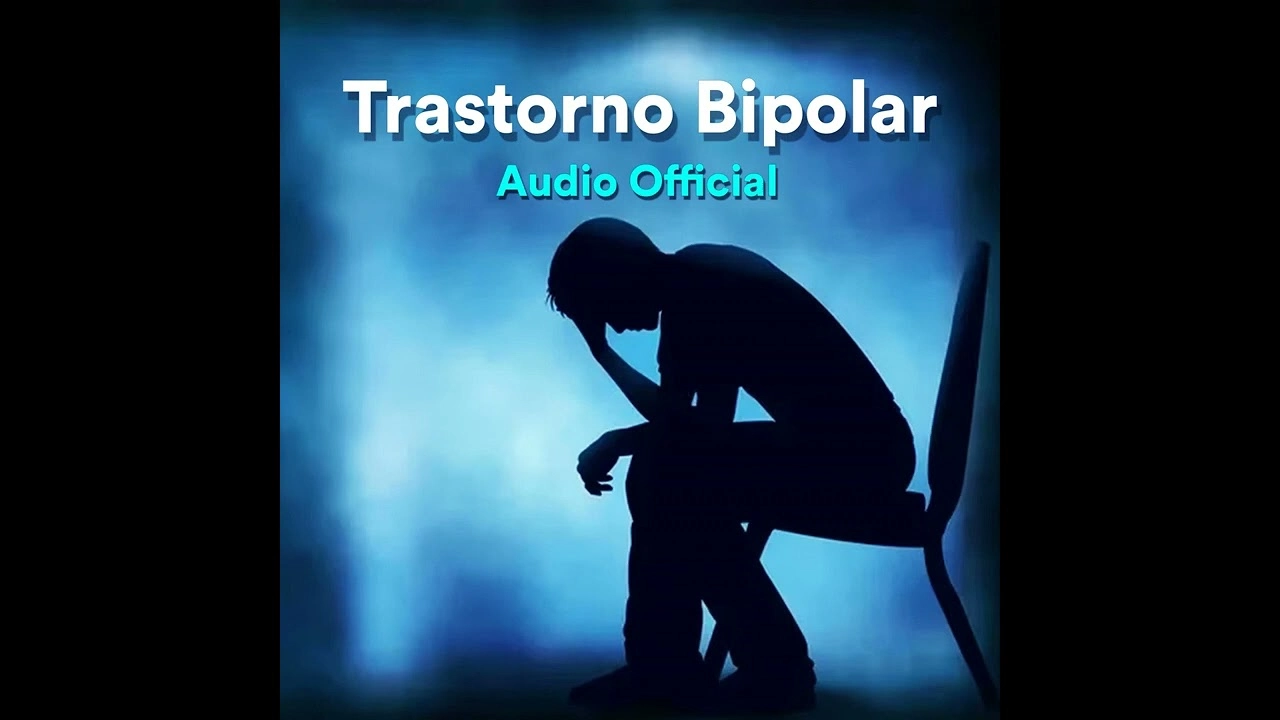Manic Eyes Bipolar: The term “bipolar eyes” refers to the subtle changes in facial expression and eye behavior that are frequently observed in people with bipolar disorder, not to a formal medical diagnosis. These changes can occasionally act as non-verbal signs that someone is going through a manic or depressive episode.
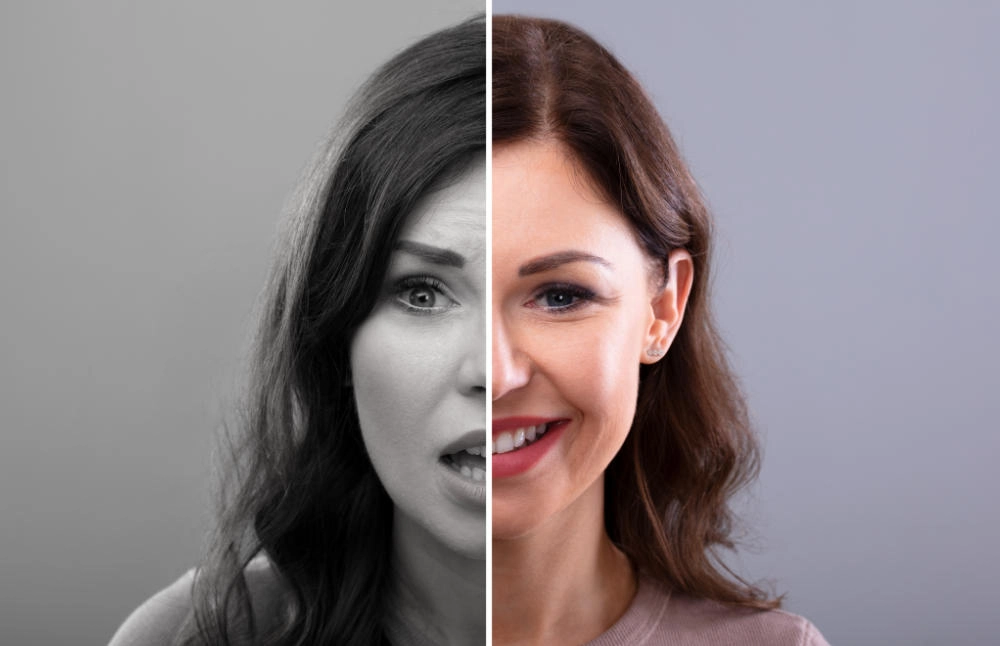
The window to the soul is a common metaphor for the eyes, which may reflect the extreme emotional changes that occur within a person with bipolar illness. Let’s examine the meaning of “bipolar eyes” and how these expressions might represent the intricacy of this disorder, ranging from extremely concentrated gazes to blank stares.
What Exactly Are Bipolar Eyes?
Sometimes, the way a person’s eyes seem or act at various stages of bipolar illness is referred to colloquially as “bipolar eyes.” This encompasses evident symptoms such as:
- Eyes that are large, alert, or extremely concentrated during manic episodes
- expressions that are blank, lifeless, or glassy during periods of depression
- Frequently, racing thoughts are associated with quick eye movements.
- Inability to hold eye contact or restlessness
These statements are not indicative, but they may reveal underlying emotional and psychological conditions. Similar to how posture, facial expressions, and tone of voice change with mood, the eyes may also provide modest indicators of a person’s present frame of mind.
Manic Eyes: A Look at Hypomania and Mania
“Manic eyes” is one of the most often used expressions. People may have unusually wide eyes during manic or hypomanic episodes, as if they are always on the lookout. This may be accompanied by:
- A hard, unwavering gaze
- eye movement that is either darting or moving
- extremely active voice and gestures
- Problems with maintaining focus
The stare could appear intense or strangely concentrated. These eyes are sometimes described as “sparkling” or “too bright,” and they are frequently accompanied by a heightened sense of energy and urgency in the way people move and speak. Even if the individual is oblivious to it, this might seem dominating or excessively passionate in social situations.
This intense eye contact can also indicate racing thoughts, sleeplessness, or restlessness—all signs of mania. These manic eyes, though not unique to bipolar disorder, can be a helpful observation tool for those around someone who is going through mood swings.
The Loss of Spark and Depressive Episodes
At the other extreme, bipolar depression is frequently characterized by an obvious lifelessness or dullness in the eyes. The individual may be described by loved ones as seeming “empty” or “not quite there”. Typical characteristics include:
- Eyes cast downward
- Refraining from making eye contact
- A slow blink rate or drooping eyelids
- Statements that seem bland or emotionally aloof
This may indicate the profound emotional exhaustion or numbness that frequently occurs during a depressive episode. People may have different physical appearances during this period, with fewer facial and eye expressions.
Additional Physical Manifestations in the Eyes and Face
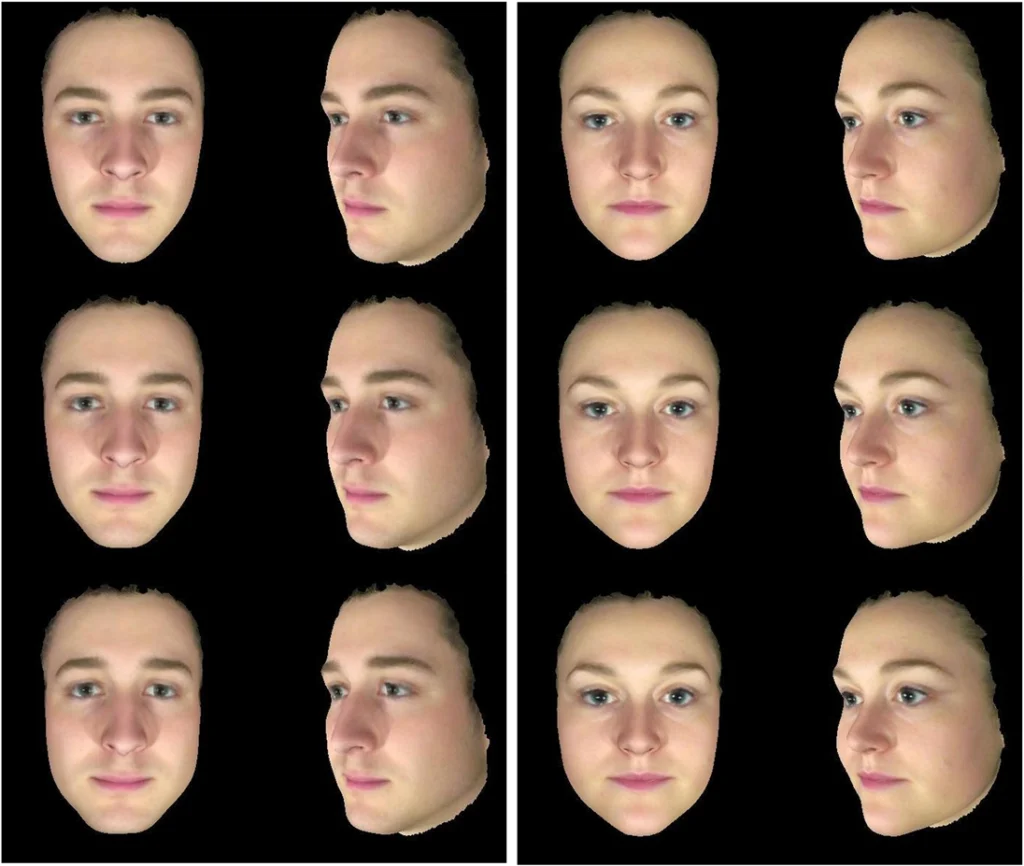
Other facial expressions and movements, such as those involving the eyes, may also change with mood:
- During mania, there is more eyebrow activity or strain.
- A fixed scowl or furrowed brow during depression
- A pale or rosy complexion connected to mood shifts
- fast shifts in mood
These changes can be minor or transient, but over time, they can give those around the individual a greater sense of the stage they may be at.
Is It Acceptable to Use These Signs to Diagnose Bipolar Illness?
Although terms like “manic eyes” or “bipolar eyes” might be helpful descriptors, they shouldn’t take the place of a professional diagnosis. A qualified clinician must evaluate the complexity of bipolar illness. However, increasing one’s understanding of visual signals can be a helpful approach to help someone who has this illness.
If you notice these indicators early, you may be able to have productive discussions or provide assistance. For instance, recognizing the early indicators of a manic episode can enable a person to take action to control it before it gets worse.
Take Home
People with bipolar illness are frequently misunderstood and stigmatized. Without explanation, using the term “bipolar” to describe someone’s eyes may be condescending or even useless. Instead, if you have worries about a loved one, attempt to have an open and compassionate discussion. Inquire about their emotions, what kind of assistance they may need, and, if necessary, urge them to seek expert advice.
The eyes can reveal a lot, whether it be a change in tone, a lack of radiance, or an excessively bright gaze, but they are just one piece of the puzzle. Listening, learning, and providing non-judgmental support lead to a correct understanding.



